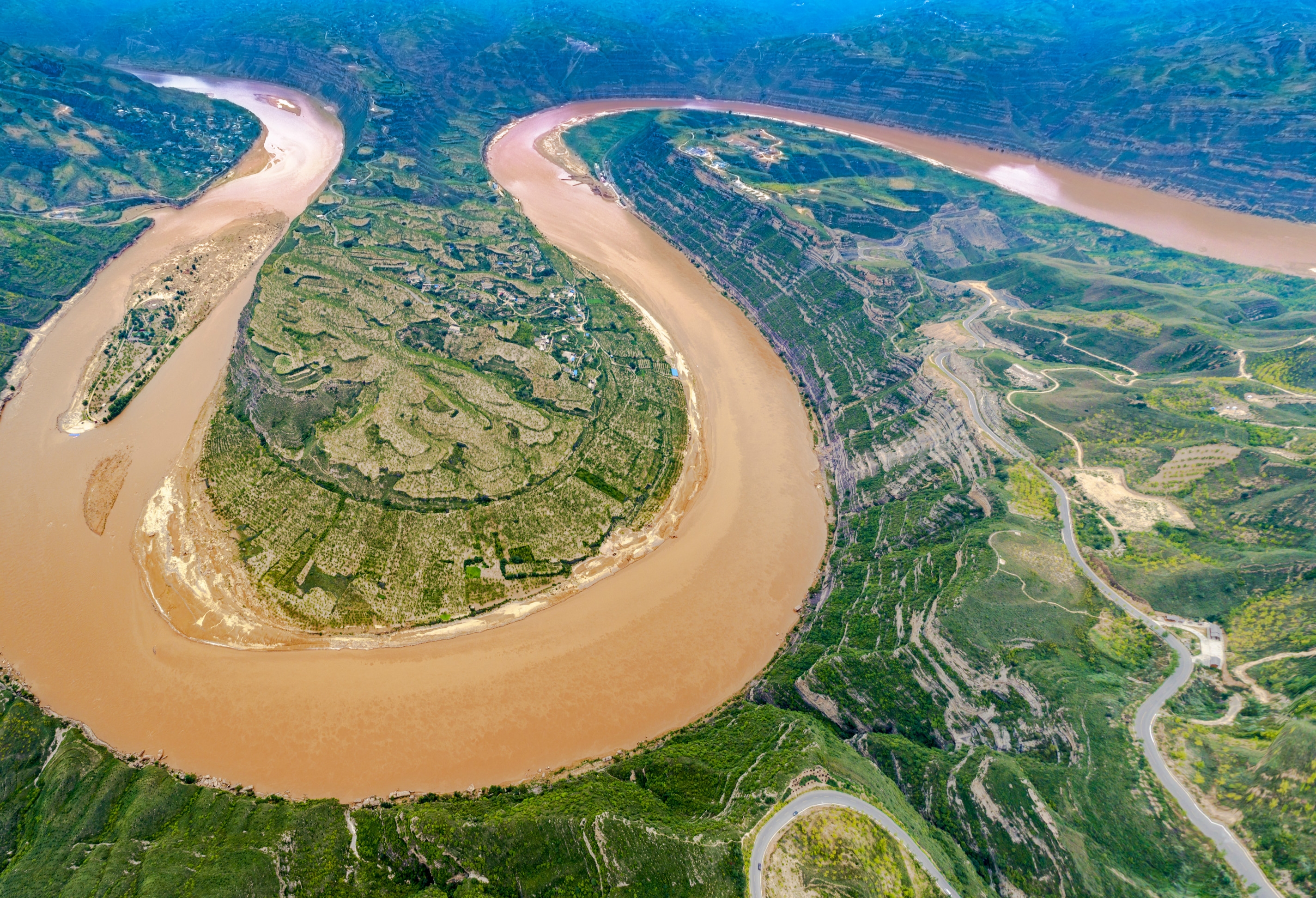



Yellow river - Cradle of Chinese civilization

Baku, June 4, AZERTAC
Yellow River, Chinese (Pinyin) Huang He or (Wade-Giles romanization) Huang Ho, also spelled Hwang Ho, English Yellow River, principal river of northern China, east-central and eastern Asia. The Yellow River is often called the cradle of Chinese civilization. With a length of 3,395 miles (5,464 km), it is the country’s second longest river—surpassed only by the Yangtze River (Chang Jiang)—and its drainage basin is the third largest in China, with an area of some 290,000 square miles (750,000 square km).
The river rises in southern Qinghai province on the Plateau of Tibet and crosses six other provinces and two autonomous regions in its course to the Bo Hai (Gulf of Chihli), an embayment of the Yellow Sea of the North Pacific Ocean. In its lower reaches it is a shifting, turbulent, silt-laden stream that often overflows its banks and sends floodwaters across the North China Plain. For that reason, it has been given such names as “China’s Sorrow” and “The Ungovernable.” The Mandarin Chinese word huang (“yellow”) is a reference to the fine loess sediments that the river carries to the sea. The Yellow River basin has an enormous population - exceeded by only a small number of countries - and the river and its tributaries flow past some of China’s oldest cities, including Lanzhou, Baotou, Xi’an (Sian), Taiyuan, Luoyang, Zhengzhou, Kaifeng, and Jinan.
Azerbaijan's Minister of Culture holds meeting with his UAE counterpart in Venice
Azerbaijani pavilion launched at 60th Venice Biennale VIDEO
Azerbaijan`s pavilion to showcase at 60th Venice Biennale